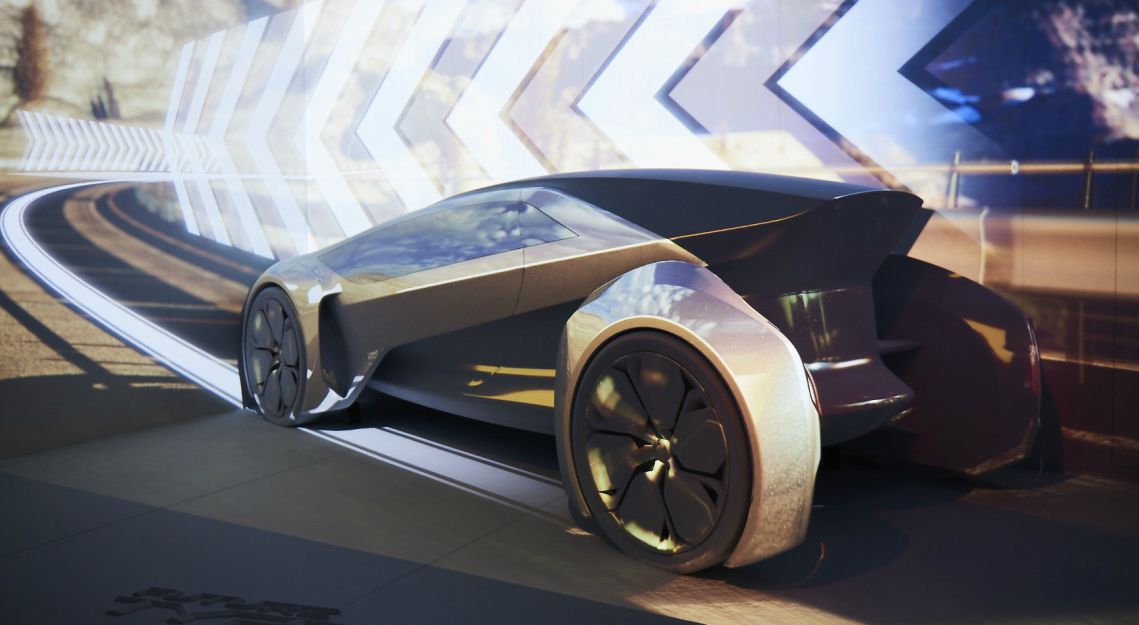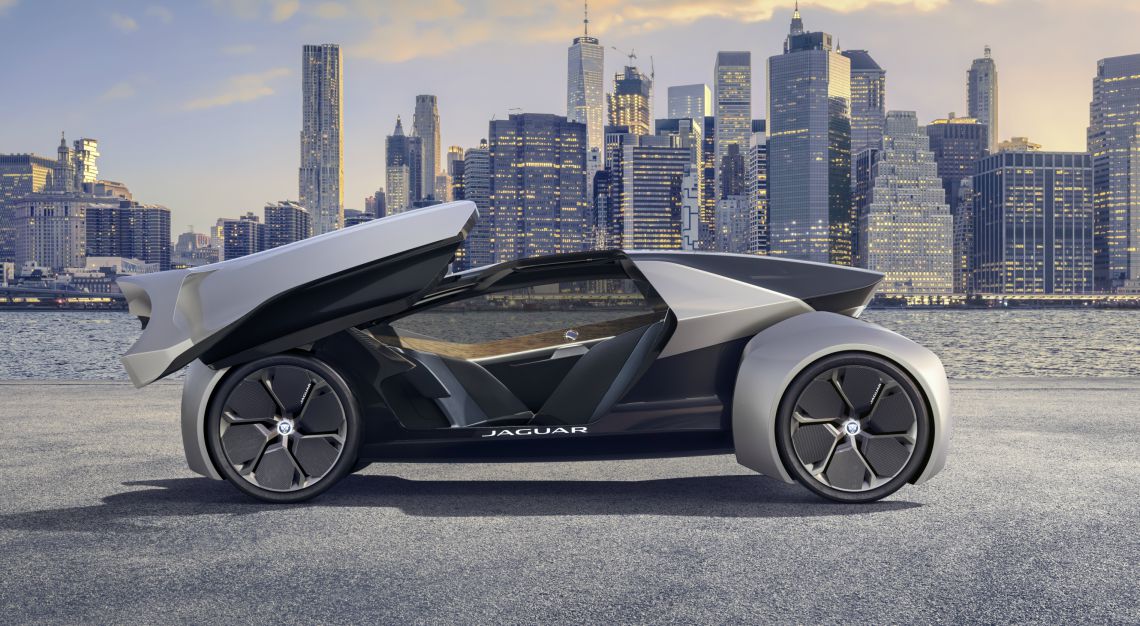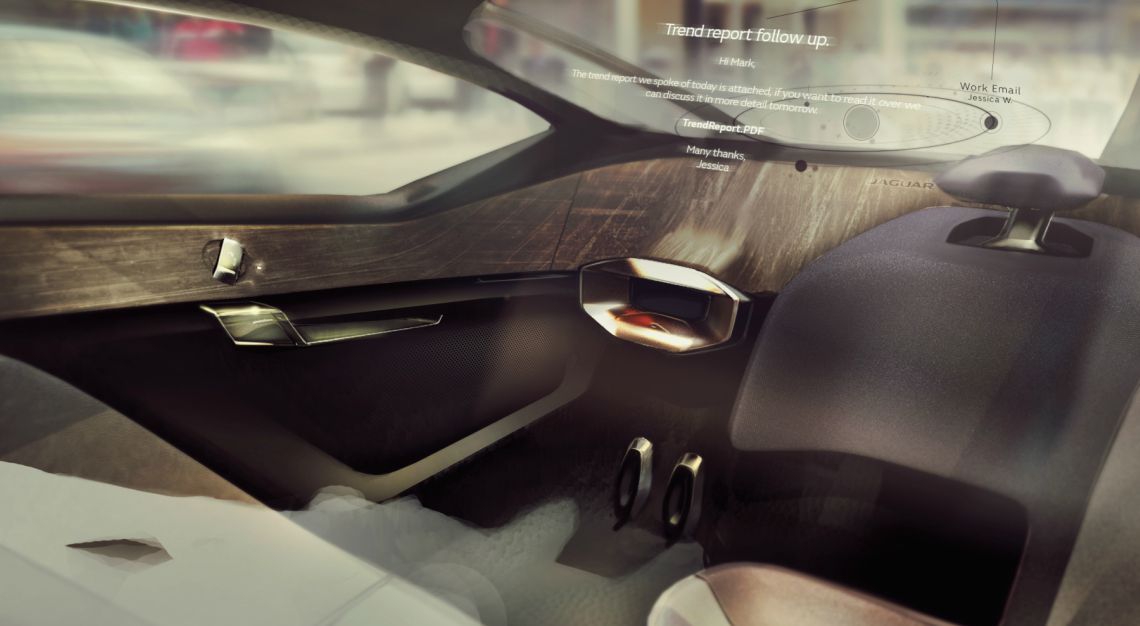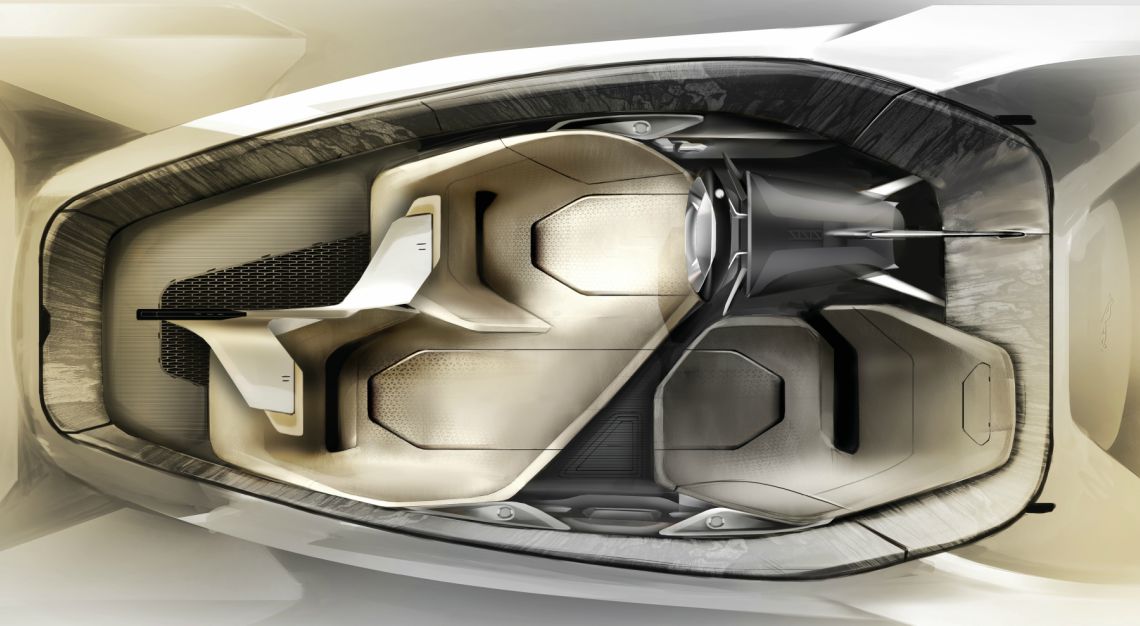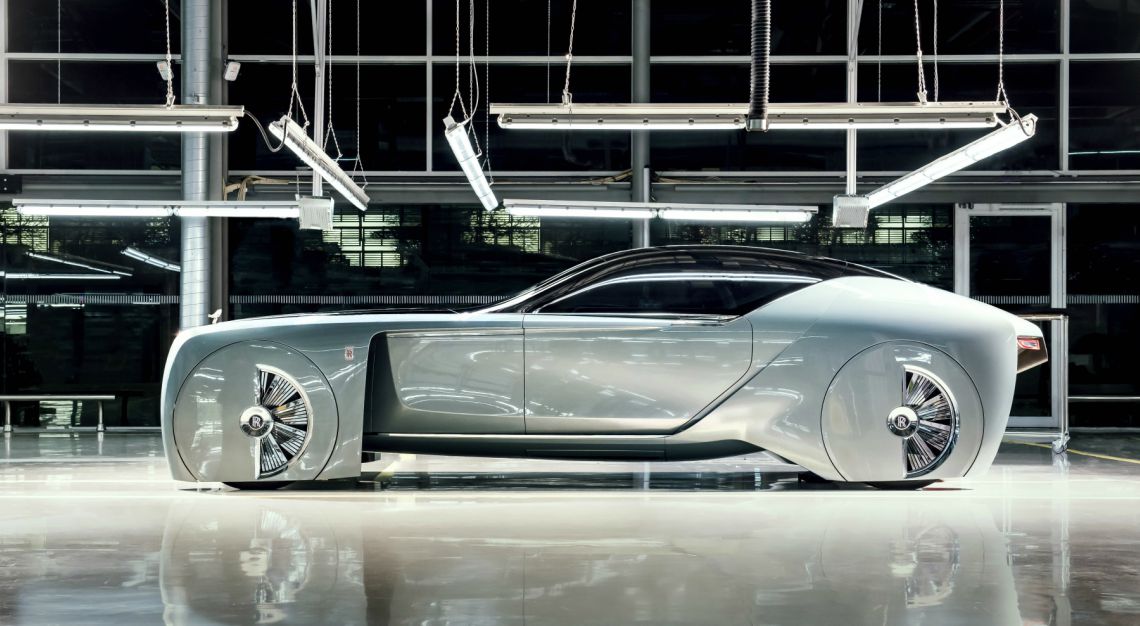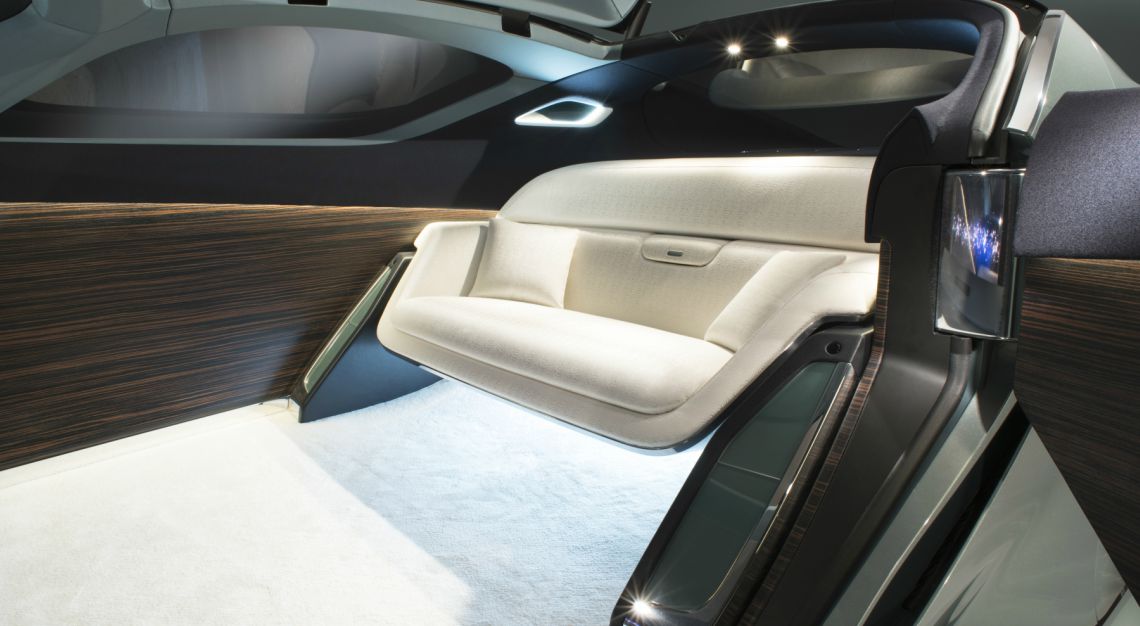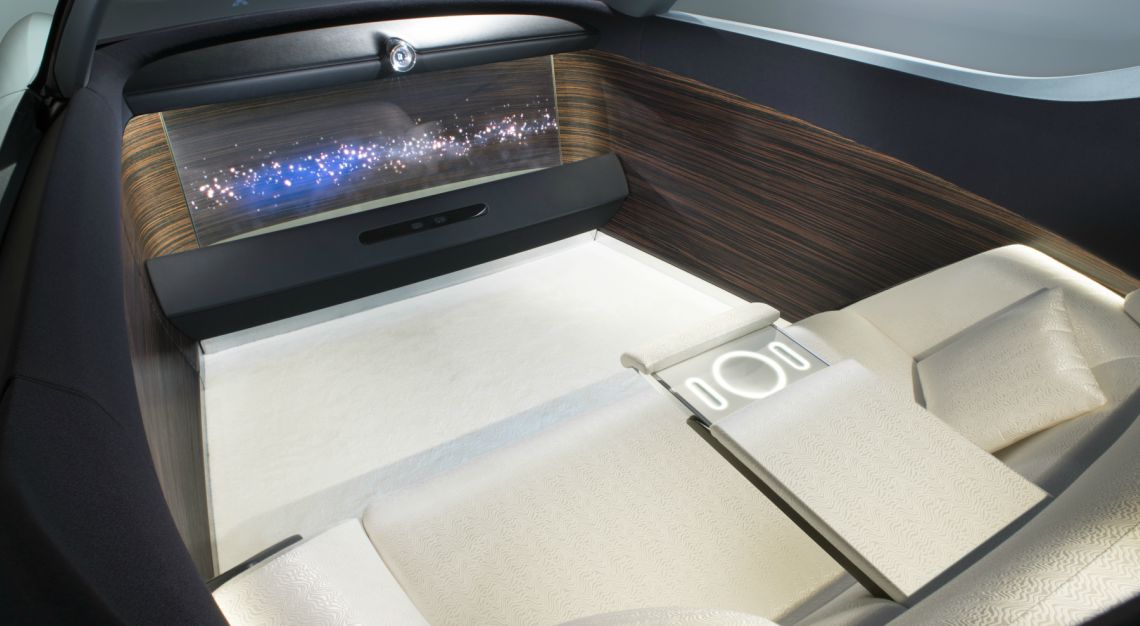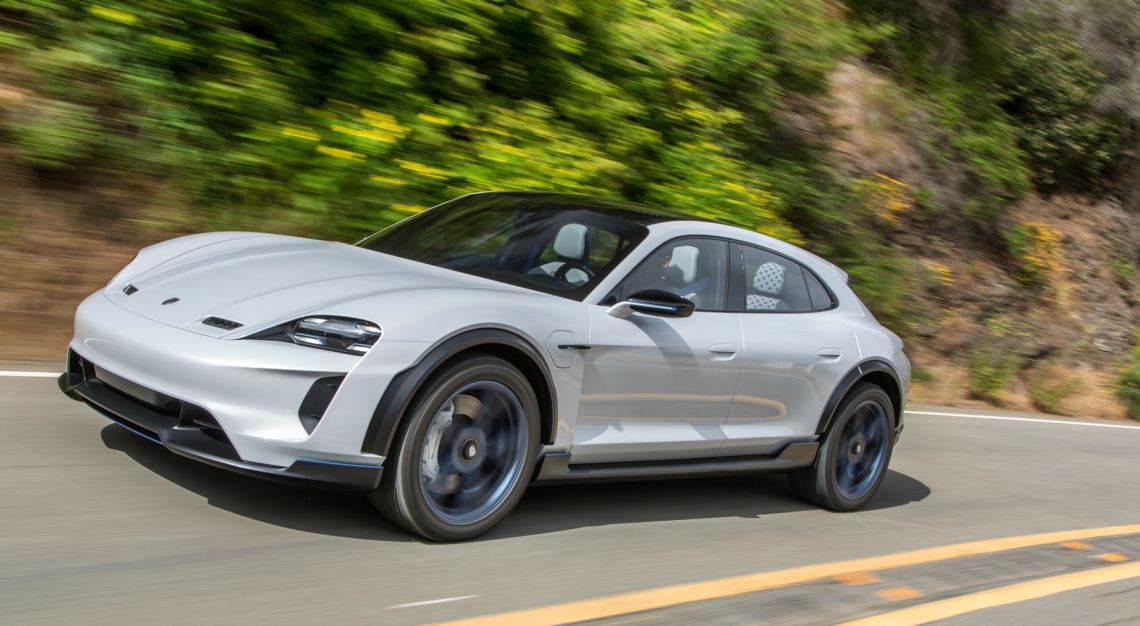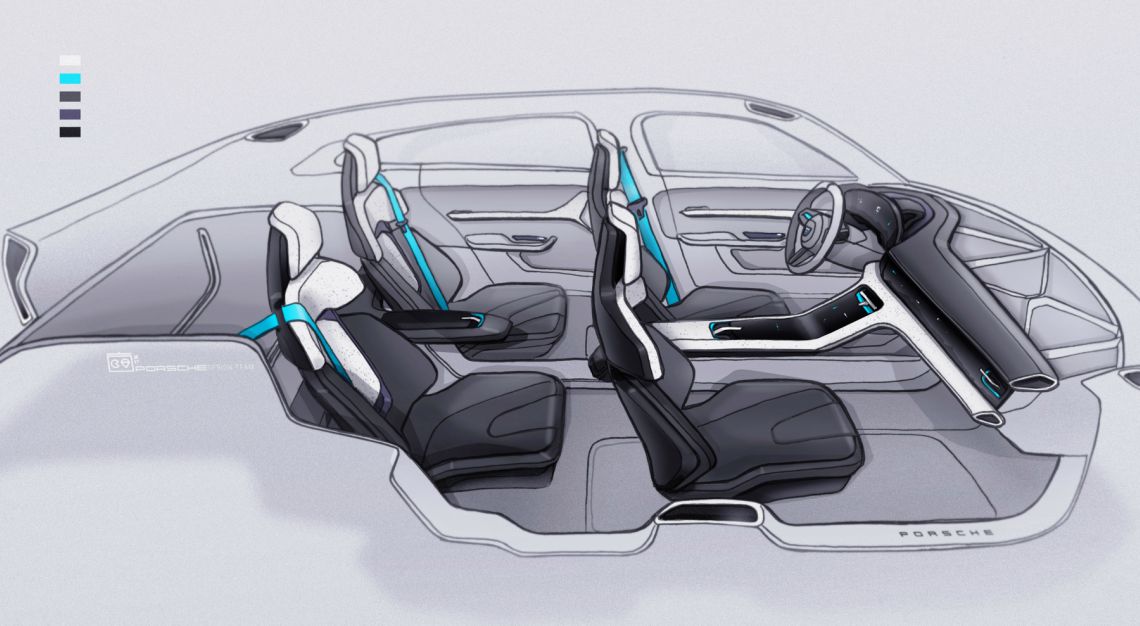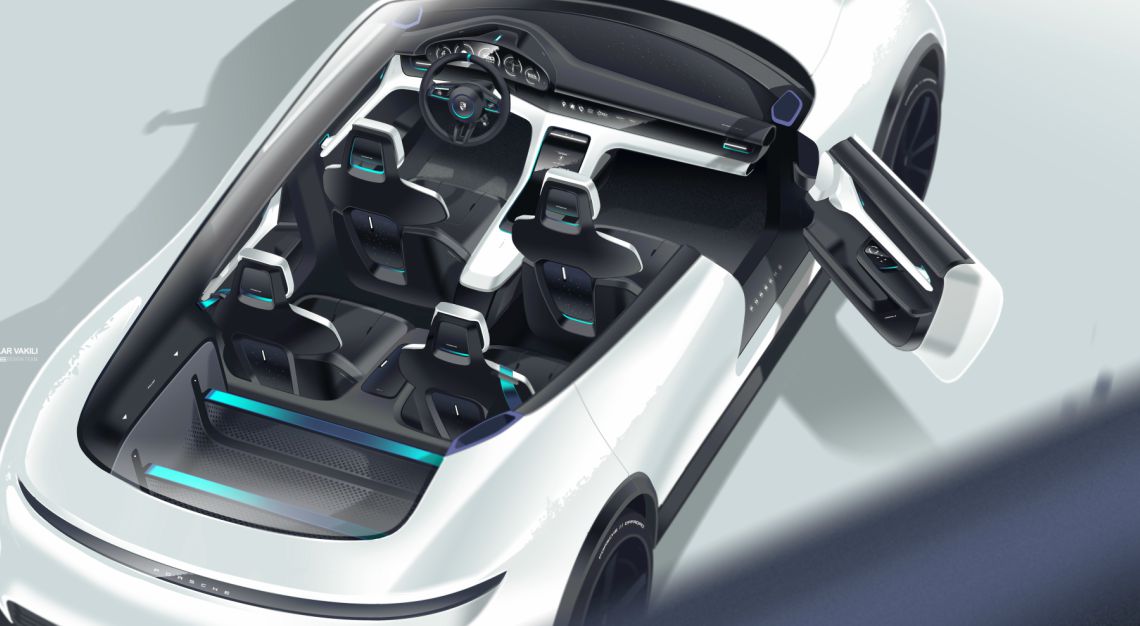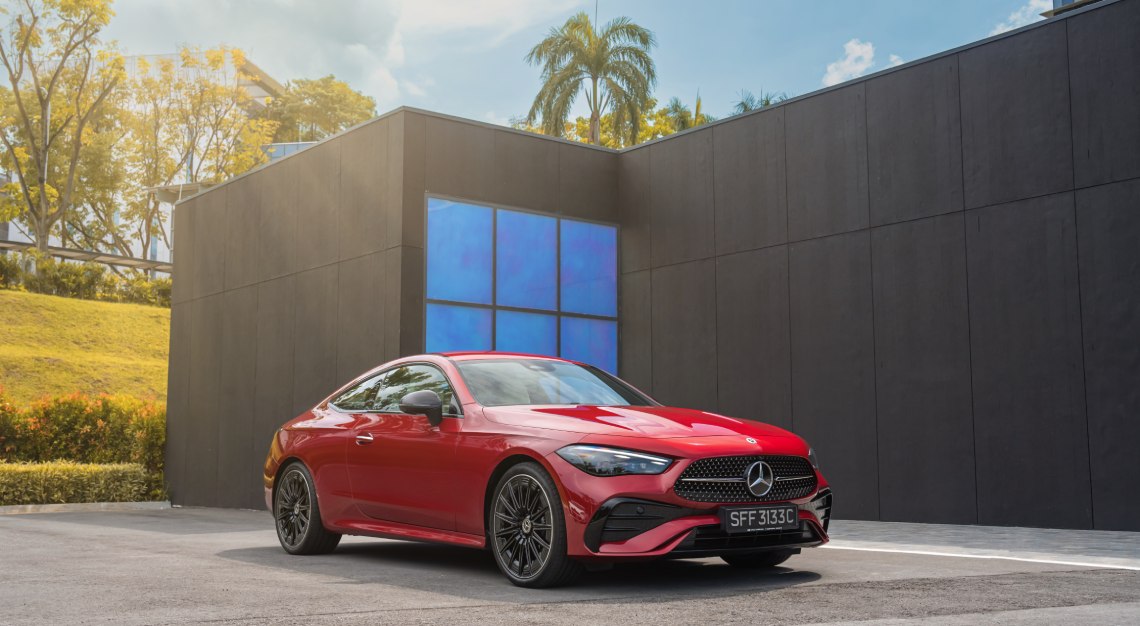Lounges on wheels might be the new order of the day
Home, as the old saying goes, is where the heart is. And by ‘old saying’, we do mean old.
It’s difficult to ascertain the exact origins of the phrase, but some have attributed it to Pliny the Elder of ancient Greece, making it some 2,000 years old. A more recent (and we use that term loosely) version appears in the 1800s and it goes something along the lines of, ‘‘Tis home where e’er the heart is”.
Of course, all those utterances were mumbled long before the invention of the automobile, and while it’s again difficult to verify, I’d wager that Pliny wouldn’t have reckoned with how much time we spend in cars today.
According to one study, the average American spends a total of 18 days in their cars every year. Naturally, your mileage might vary, but it’s sobering to think that out of every year, we spend half a month just riding or driving around in our cars.
But for the longest time, there hasn’t been much to do in a car. Beyond operating it, listening to the radio or making conversation with other passengers, there was a dearth of potential activity once you were ensconced in your metal cylinder.
All that changed with the advent of modern infotainment systems – now a mainstay of nearly any vehicle – making it such that you can now play videos, music and even stream media from the Internet in your car.
And while we’re just getting used to the notion of our cars being smartphones on wheels, another seismic change is about to hit us – that of the autonomous car. Not only will it completely change the way we use cars – in that we probably won’t be driving them very much – it’s also set to spark an interior design revolution; one not seen since the early 1900s, when the automobile was in its infancy.
For more than 100 years, the basic interior design of a car hasn’t changed very much. Materials, technology and safety have come a long way since then, but a space for the driver to, well, drive – with a steering wheel and pedal box, for example – has always been present. And it could be argued that everything else about a car’s interior is designed around that.
However, with a self-driving car dispensing with the need of an operator and its attendant operational trappings – along with the more compact nature of an electric drivetrain freeing up even more room – designers now have pretty much carte blanche to let their and their customers’ imaginations run riot.
Even more so now, perhaps. If you have the wherewithal, you could do up your car’s interior with a mind-boggling array of materials and colours. “Just as interior decor can tell you about the owner’s personality… from colour, to material and individual enhancements and even sound systems,” says Arthur Willmann, managing director of Porsche Asia Pacific, “every Porsche can be personalised.”
Autonomous cars are just, then, the next logical evolution of what is already available today.
This is something that Alister Whelan, Jaguar’s creative director for interior design, agrees with. “There’s no doubt,” he says, “that autonomous technologies can offer a lot of freedom and opportunity for car designers.
For example, drive-by-wire connectivity or organ pedals, which pop up from the floor, could enable these controls to be folded away, which creates a huge amount of space. This gives designers a much greater opportunity to create a multifunctional area with flexible seating – as you would change your position a lot more in an autonomous car than you would if you were driving.”
In effect, what this could mean is that the interior of your future autonomous vehicle could have more in common with your living room than with cars as we know them today.
And, for example, you only have to look to the Rolls-Royce 103EX concept car.
In typical Rolls-Royce fashion, the ultra-luxury carmaker calls its interior the Grand Sanctuary.
In the case of the aforementioned concept car, this takes the form of a silk-upholstered sofa flanked by panels dressed in rare wood and fronted by an OLED screen; although you could have the above in any material or configuration you desire. This is, after all, Rolls-Royce we’re talking about.
According to Jaguar’s Whelan, more than the freedom in design an autonomous car brings, the biggest benefit is what it can bring to its users – freeing up the most precious resource of them all: time.
“Without the constraint of driving, we have the opportunity to choose how we spend our time in our vehicles. The three things we tend to focus on when not driving are relaxing, working and sleeping. In work mode, the seating could allow you to sit more upright, with a deployable table and your emails in front of you on a screen.
“Or you could create a more relaxed, social space for entertainment, reconfiguring the seating layout to face each other – whether you’re streaming movies over a 5G network or maybe even having a meal. In sleeping mode, your posture would completely change again, using that extra space to recline and give you a very comfortable experience,” he says.
Given that modularity, it might be tempting to assume that you could redecorate the interior of your autonomous car at will; much in the same way that you might redo your living room’s decor every so often.
Not everyone, however, is quite as taken with the idea. “I would be nervous about frequently updating the car’s physical interior. Interior harmony is something that Jaguar is famous for,” says Whelan.
He compares it to buying a luxury watch. While you could modify the strap or dial design post-purchase, the coherence of its original design is probably why you bought it. “We want to make sure that the car you purchase is beautiful in the first place so you don’t want to redecorate it later,” he says.
Away from that, for some carmakers, such as Rolls-Royce, the self-driving cars and their lounge-like interiors synergise so well – what with it having built its reputation on customers being ferried from point-to-point and having every need taken care of along the way.
Furthering that is another evolution in technology, one that again works in perfect harmony with the self-driving car: a Siri-like digital assistant that can not only perform vehicle-related tasks such as turning down the air-conditioning or setting the mood lighting, but also works as your digital butler, keeping track of your appointments or making suggestions to ease any anticipated impediments.
Rolls-Royce calls the digital assistant featured on the 103EX concept, Eleanor – after Eleanor Thornton, the model who provided the inspiration for the marque’s Spirit of Ecstasy bonnet ornament.
Jaguar has a version of that as well, with it making an appearance on its digital concept car, the Vision Gran Turismo Coupe – a car that only exists in the Gran Turismo video game. The British carmaker calls it KITT-E, an obvious call-out to the Leaper on its cars’ badge, and one of the “charming details and tongue-in-cheek references” that Whelan says it puts on its cars.
With all that talk of amazing interiors and the seamless Internet of Things connectivity that the self-driving car will bring – something Whelan calls the “home from home experience” – will the actual act of driving become as rare as the combustion engine in the future?
This might work well for some carmakers, but for some others, it runs counter to every brand value that it holds dear. Porsche is one of those brands.
“The pleasure of the driving experience is irreplaceable to Porsche drivers,” Willmann asserts. But he does temper that somewhat by saying that autonomous driving could bring about what the German sports car manufacturer calls Intelligent Performance, in that Porsche owners could enjoy driving it when they want, or have the car take over when they don’t. In heavy traffic or during commutes, for instance.
Jaguar’s Whelan echoes this sentiment and says: “Jaguar has a rich heritage of luxury and sporting performance. If we were to develop an autonomous vehicle, it would still have to reflect this DNA…
“We wouldn’t just want a lounge on wheels.” He continues: “Jaguars have always been a driver’s car and I believe there will always be people who love to drive and will want the option to do so. The software and hardware technologies that enable autonomous driving can also be used to amplify the driving experience.
For example, on a sporty Italian road, it could enable you to take the best route through the corner and tell you when to safely brake so driving actually becomes more engaging rather than routine.”
Now, that’s one use for an autonomous car we never really saw coming. But then again, not too long ago, the self-driving car was the sole preserve of the science fiction movie, as was one powered by electricity (or at least, one that had a range comparable to a combustion-engined car).
While we’re not exactly certain yet if the car of the future will be our home away from home (even though it seems that way), and therefore, where we find our hearts, perhaps there’s another old saying that would be more appropriate.
That is, “change is the only constant”.
This story first appeared in the August 2020 issue, which you may purchase as a hard or digital copy.


